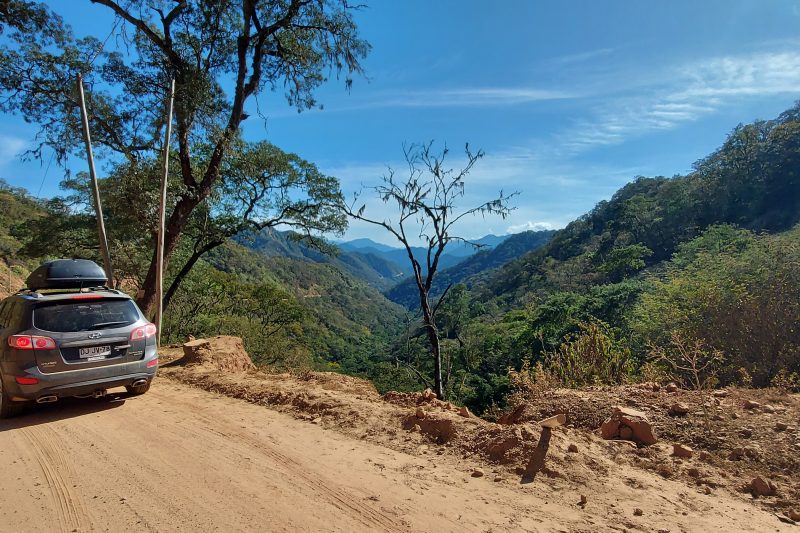Asuncion – Exceeded expectations
While Encarnacion was a stop with practicalities, but not that much to enjoy, we have the hope that Paraguay’s capital actually gives us a bit more. We do not start off well with our accommodation telling us they can not lodge us (lack of personnel) but as she provides a solution to put us in a better hotel with no extra cost the hassle is quickly forgotten. We take a walk downtown for a sundowner and a view of the river before heading to Bolsi, a restaurant recommended for its local specialties. Always on the lookout for some national dishes, we order some empanadas and the ‘canastita tipica’ filled with pastel mandi’o, mbeju, pajagua mascada and chipa. Not a fan of every option, but the meal is very filling and good value, so we enjoy every bit of it!
The next morning we have a sneak breakfast in our hotel room before venturing outside to discover the capital of Paraguay. We start by visiting the museo Memoria de la Ciudad and la Casa de la Independencia for some much needed history of the city of Asuncion and Paraguay as a country. All musea are free in Asuncion which really triggers visitors to walk in and learn, and this introduces us to the Paraguayan harp. When walking through the city we pass by the theatre as well, and having a peek inside we run into a harpist who is getting ready to perform on the sidewalk of the theatre, so we hang around and enjoy the show.
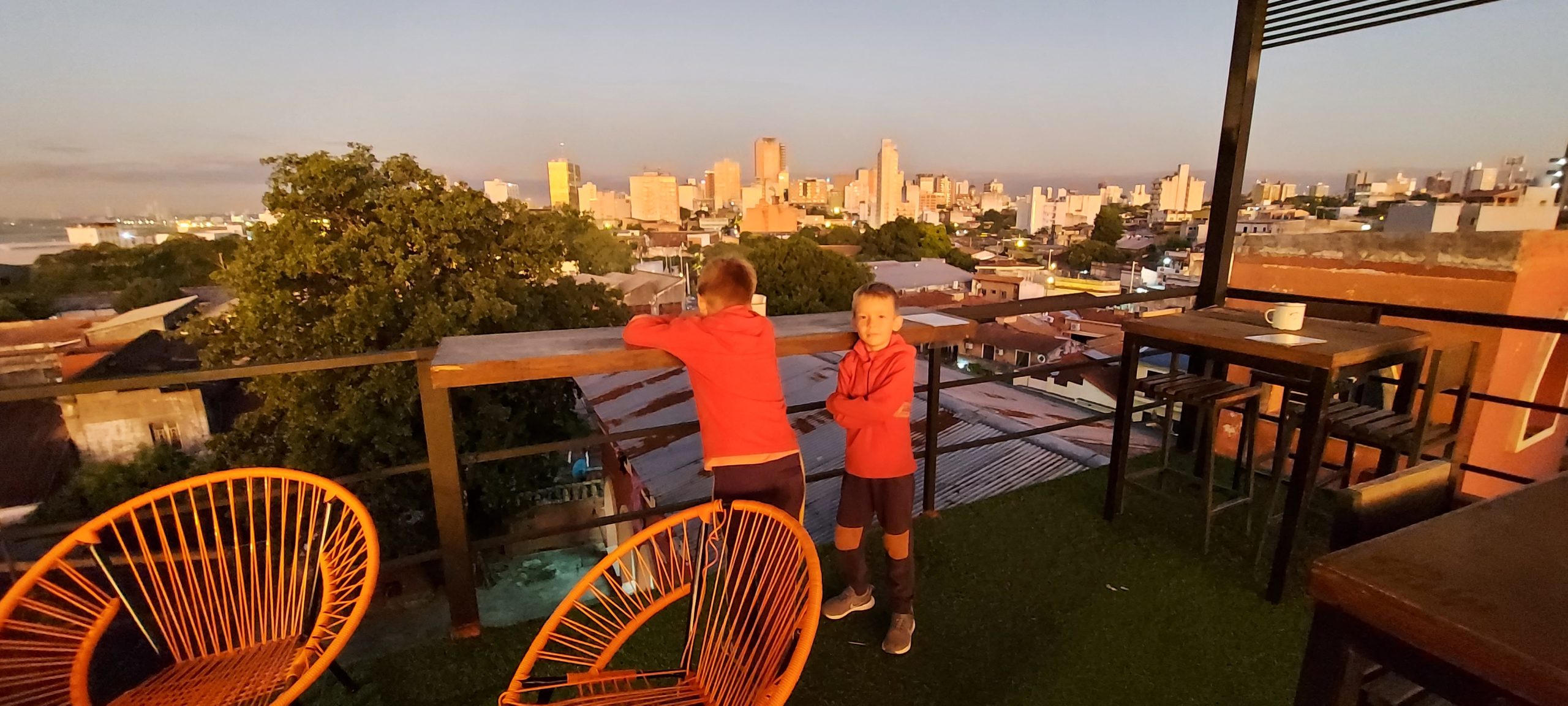

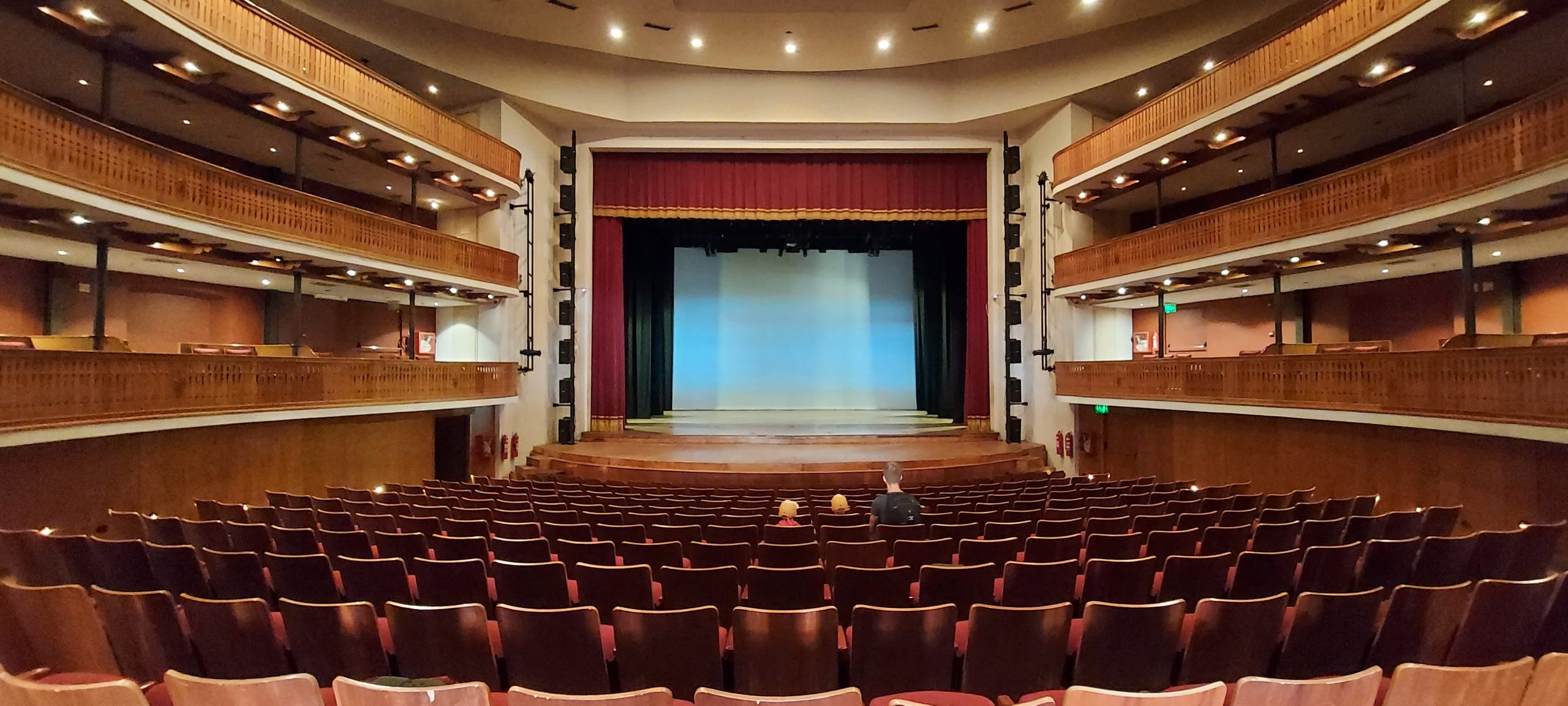
Then on to the Pantheon de los Heroes, another beautiful building housing the bodies of some of the most iconic people in the history of Paraguay – mostly presidents and military. As we visit squares, palaces and other historic buildings, we also run into people that normally live by the river, but squat at the squares close to the palace in tents when the river levels are too high. Apparently houses are built for them elsewhere, but this group of people refuses to go there and thus lives through this continuous cycle of moving up and down the river bank all year, unfortunately also causing quite a bit of trouble – the massive amount of present police and military confirms the need to keep an eye on them.
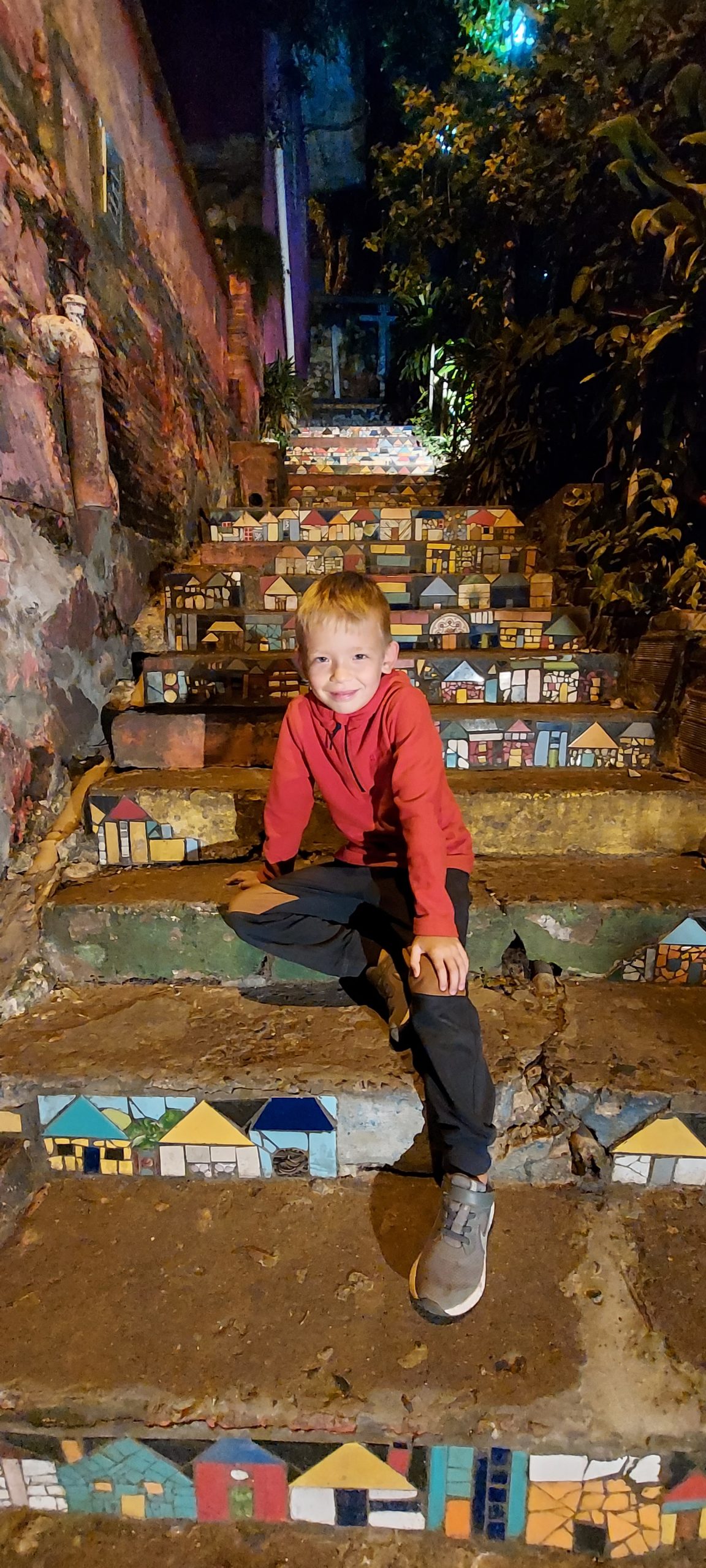
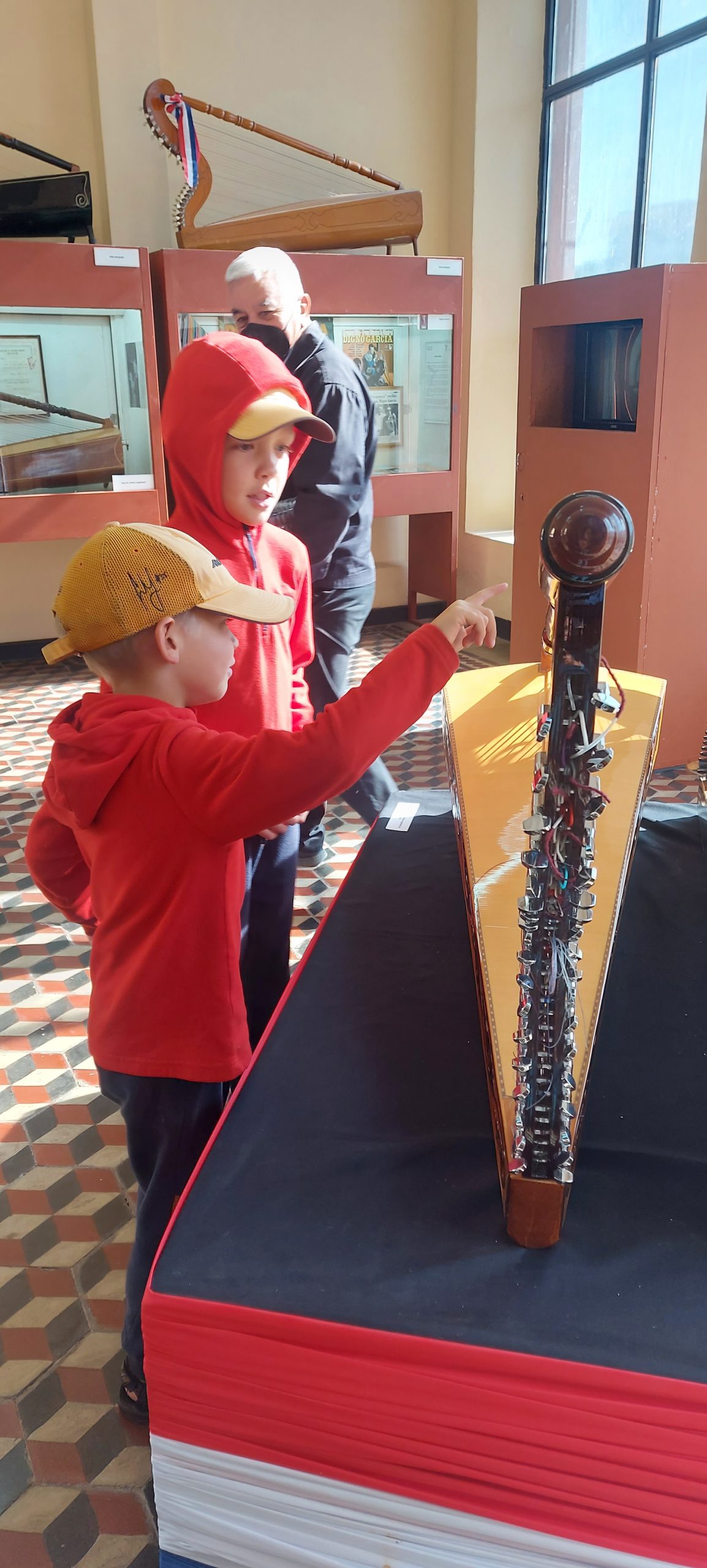
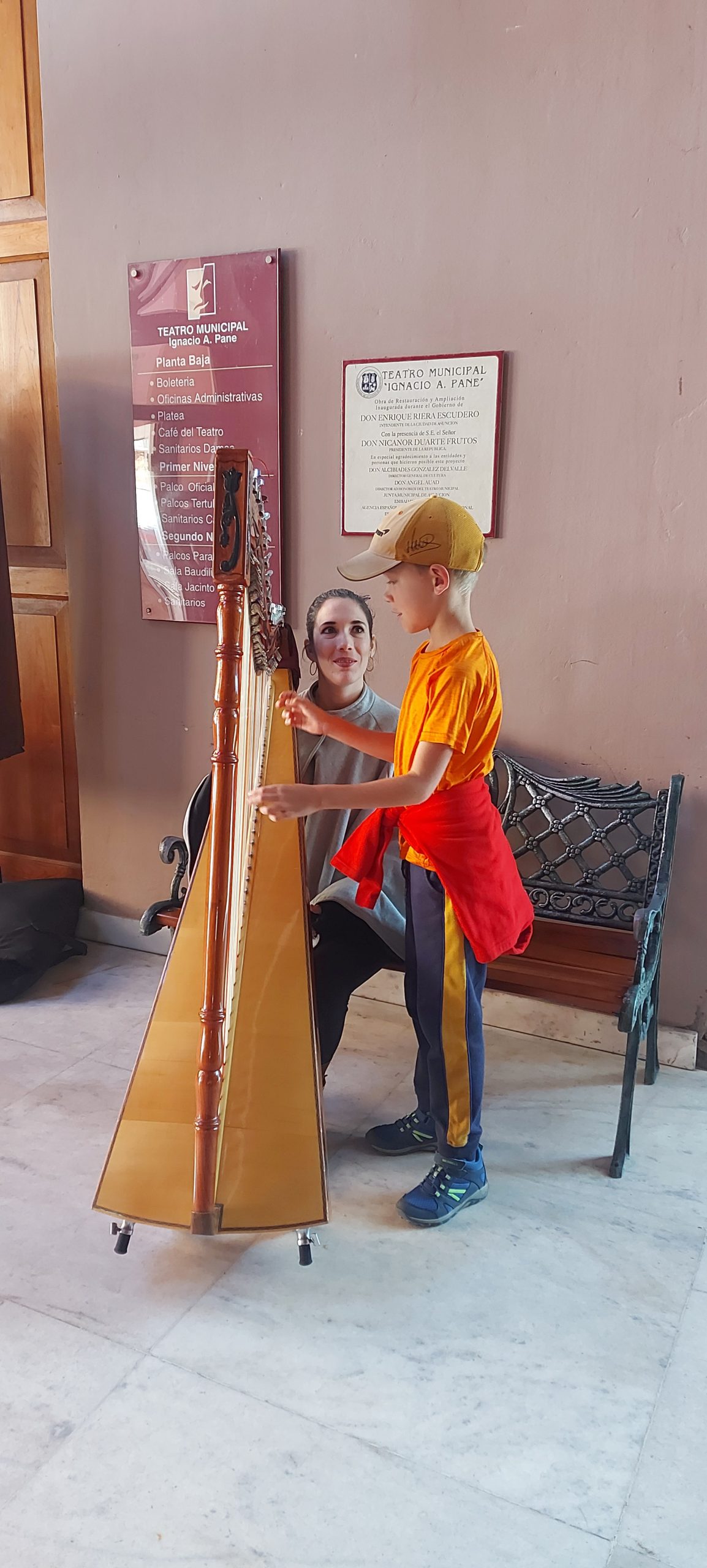
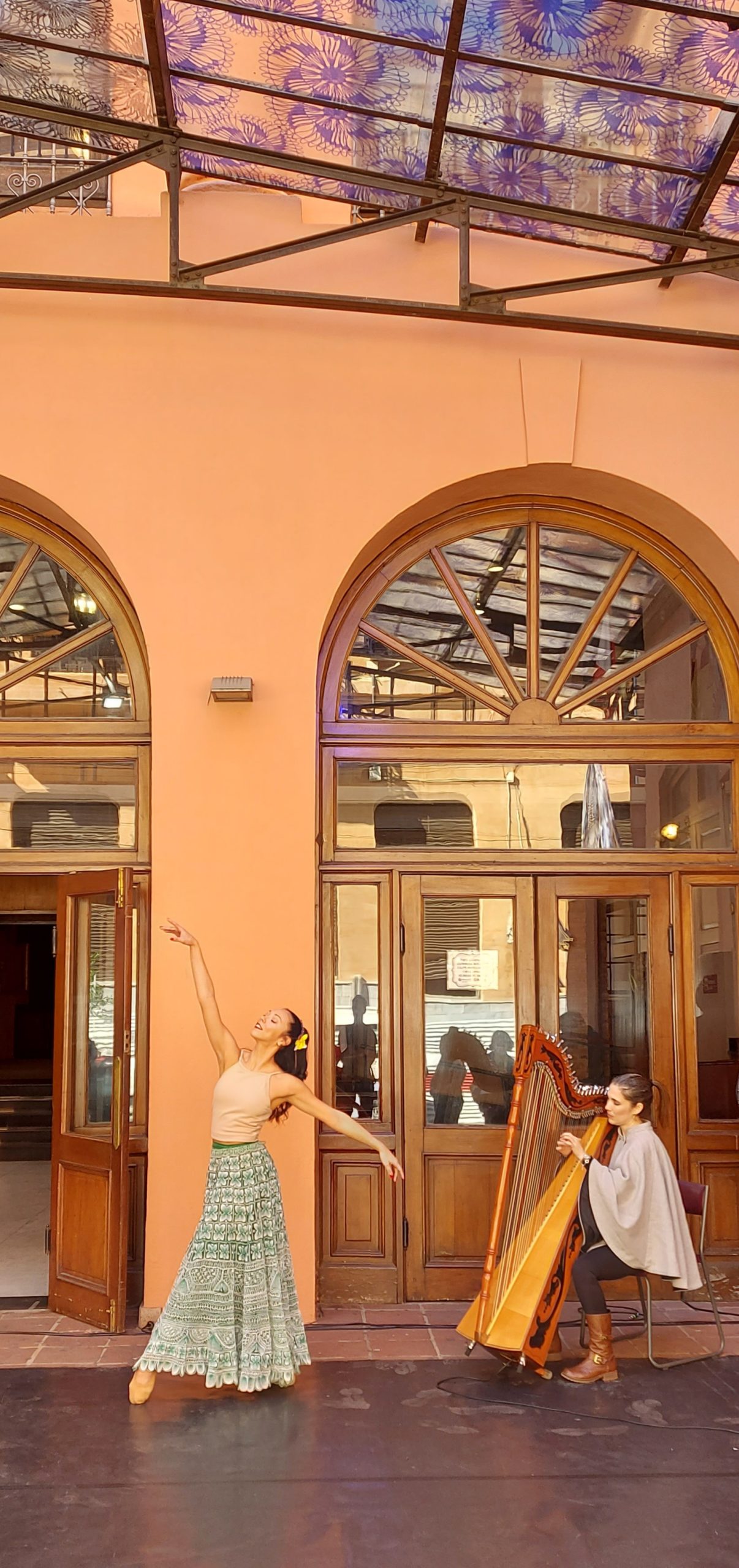
At the Plaza Uruguaya we walk into the museo Historico Ferroviario, the train museum in the middle of the center at the end of the train tracks. It is a wonderful collection of old ticketing machines and other paraphernalia, with an old train still accessible and plenty of atmosphere still in the old station building. There are plans to restore the tracks and use them for an electric tramline, supposedly the building of it should start January next year and solve the traffic jams in the city that form every day. The plans look amazing, but when asking the locals they seem not so convinced it will actually happen, so let’s see!
For our last stop we take a short Uber ride to visit Museo del Barreo, a museum filled with the art created by Paraguayan residents. Some traditional, some modern, some archeological finds, but in total a fantastic collection brought together in one building and again free to visit. So far, we have to say that Asuncion and Paraguay have pleasantly surprised us with their facilities and touristic places on offer. As we walk past the cemetery on the way back (rivalling the Recoleta cemetery in Buenos Aires) we find a small pizza place to wrap up the day before our final taxi back to the hotel. It has truly been a city full of surprises and we highly recommend a visit to learn more about Paraguay!
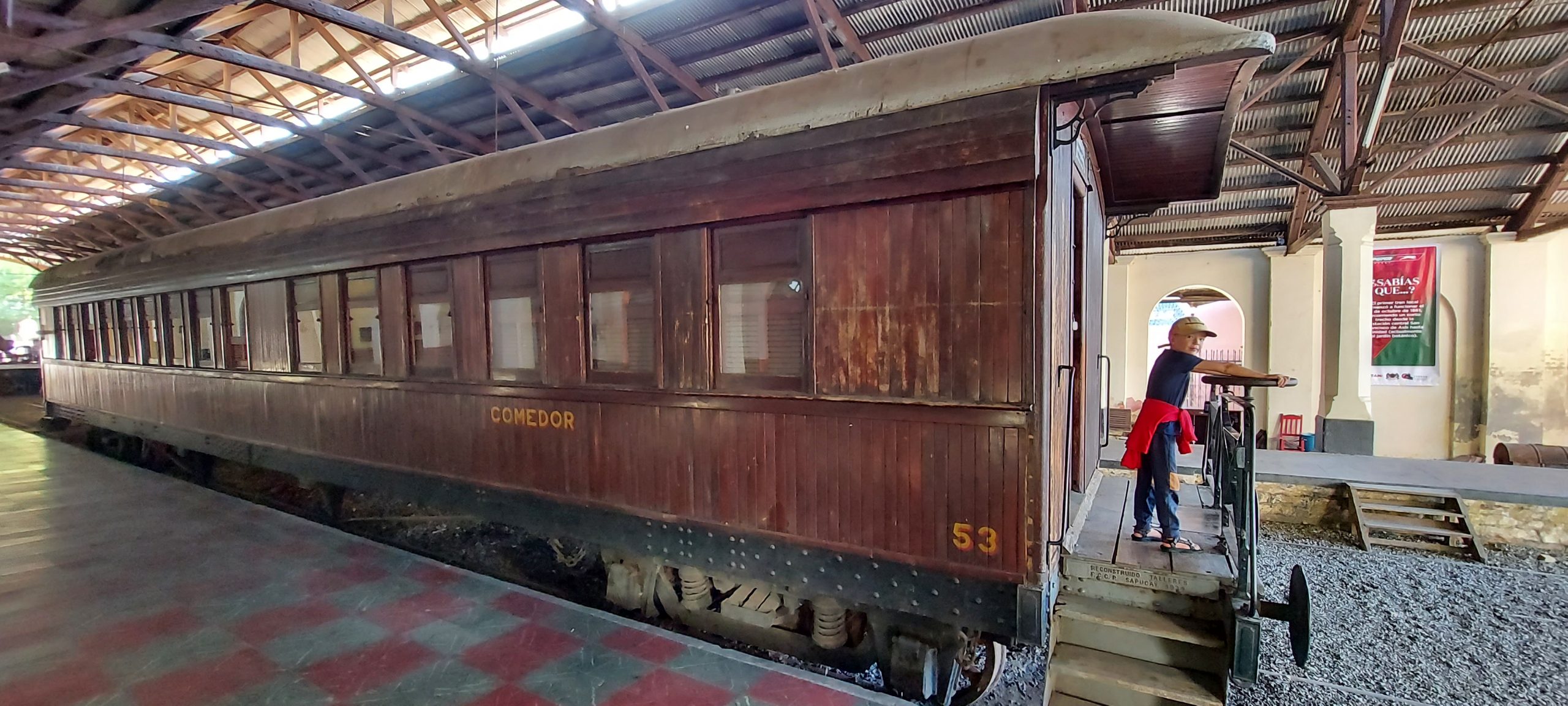
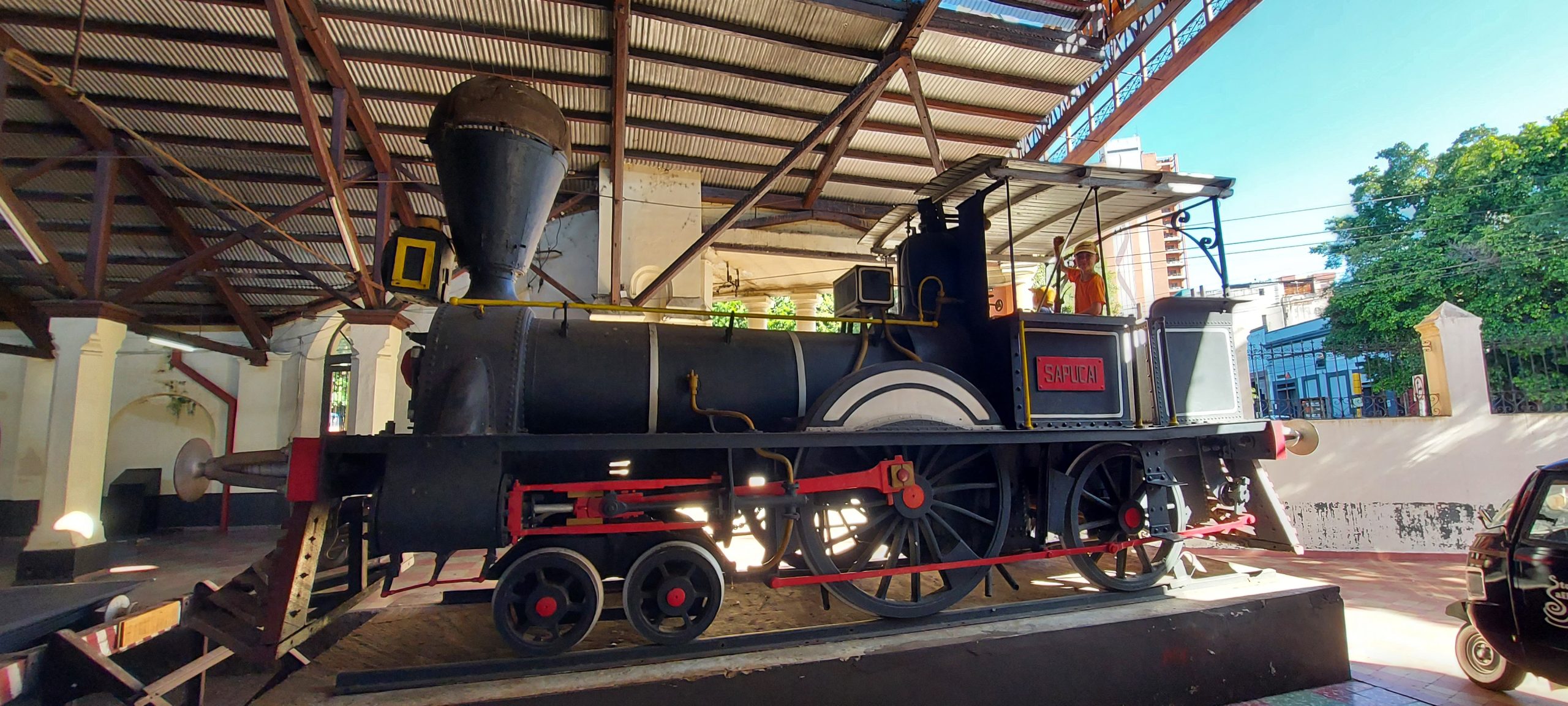

Crossing the Chaco – Not what we expected
After Asuncion, there is a 750km stretch across the country that crosses straight through what is known as ‘the Chaco’. Google it, and you will find some great horror stories about this crossing, telling you to better take the detour through Argentina as it would not be worth the pain of the road. We always like a challenge and hate detours, so we decide to go for it and just see how long it would take us to get through it. In our preparations we have found a place to overnight halfway through, so that is our aim for the first very long day of driving…
Or so we thought! As we drive out of Asuncion – why is driving in and out of a city always so incredibly SLOW – we see a lot of roadworks getting new stretches of asphalt in. We know better than to expect this to last, so we continue with our feet close to the brakes, but as we venture further out of the city the road continues to stretch ahead of us with new tarmac! So much so, that we actually average 100km per hour and get to the Mennonite colony area early in the afternoon… What a lucky break :-).
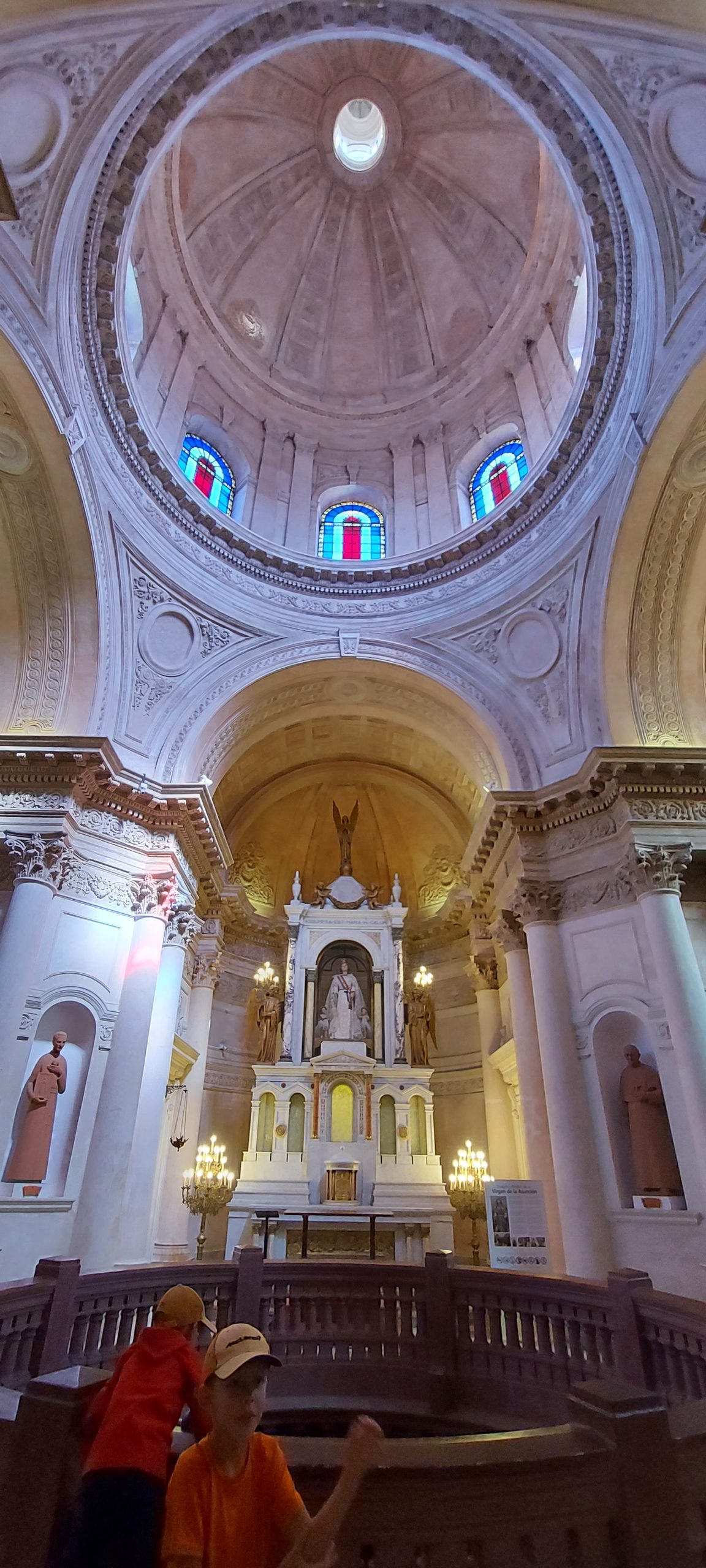
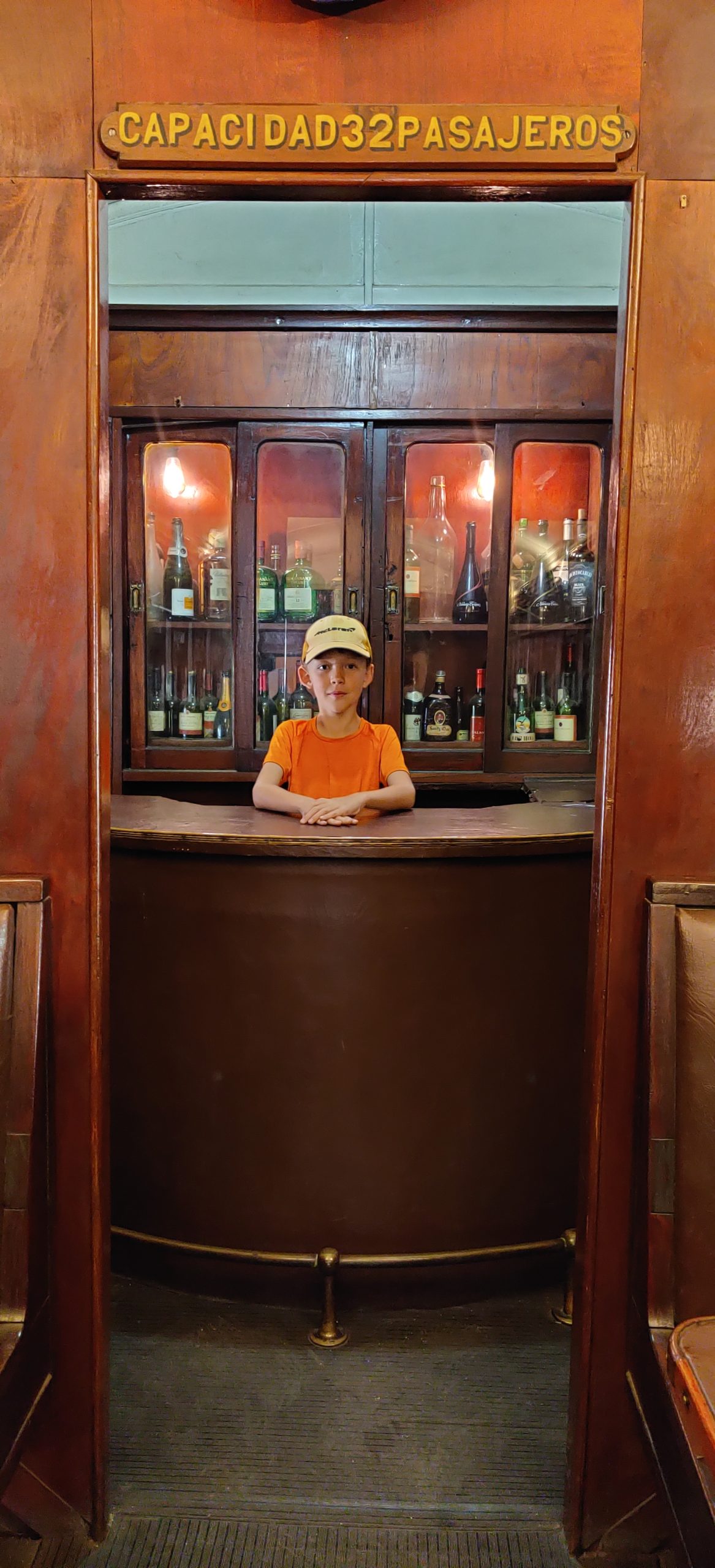
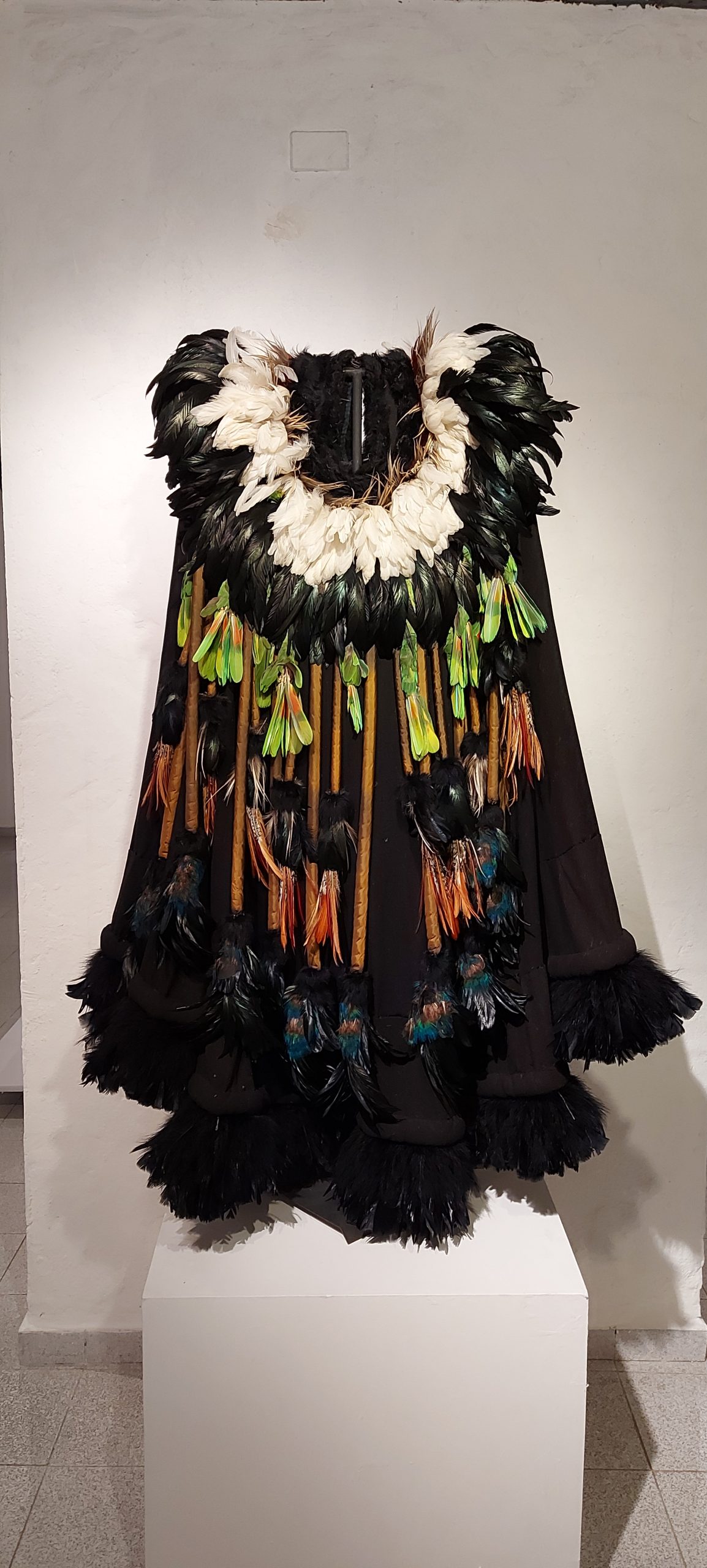
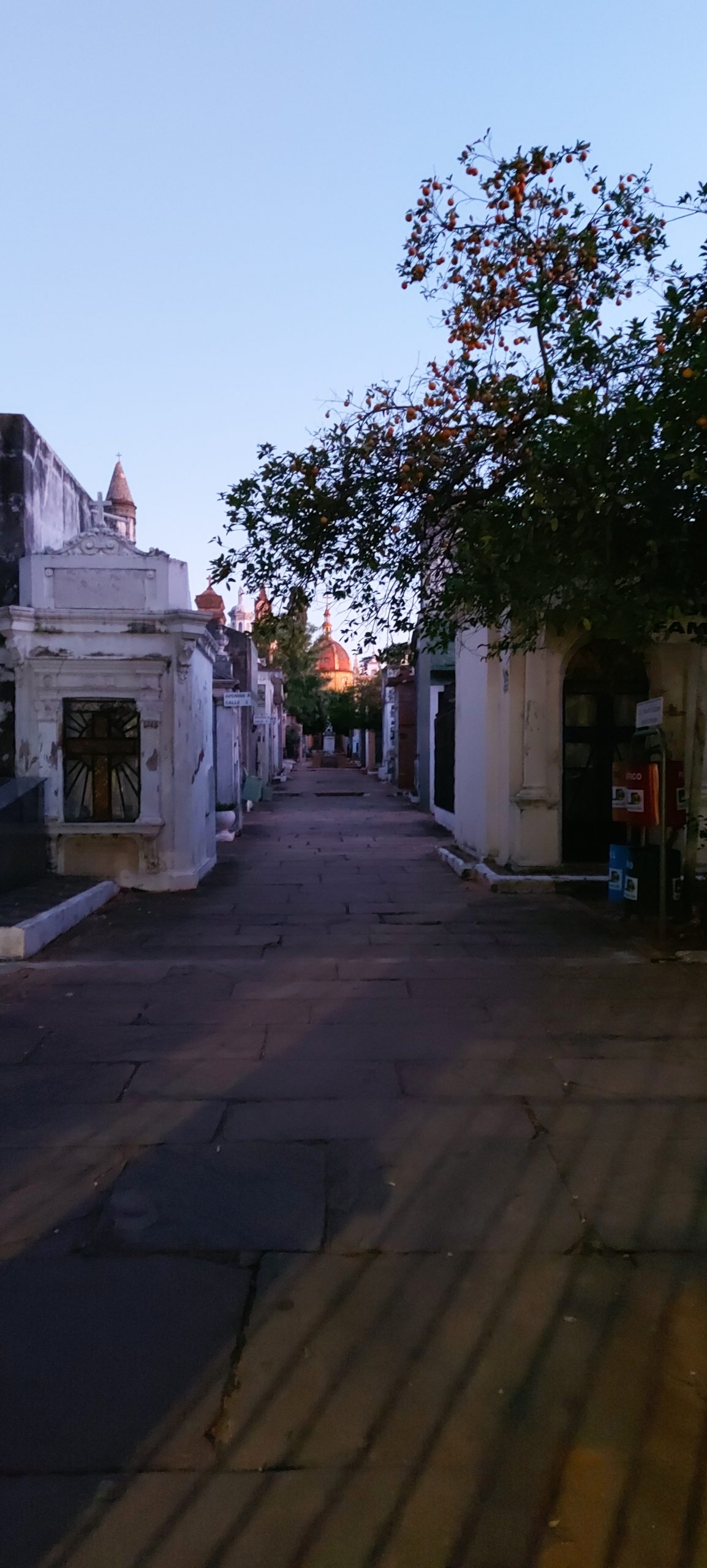
As we are earlier we detour the towns of Filadelfia and Loma Plata, before stopping at the brand new ‘Centro de la interpretacion’, a beautiful museum about the Chaco; its nature, culture and history including the Chaco war (between Bolivia and Paraguay in the 1930s) and the arrival and settlement of the Mennonite communities. We learn about the wet and dry Chaco, two distinct parts of this area, and how the Chaco actually encompasses land that crosses the borders with Brazil, Bolivia and Argentina. The museum gives us great insight, but moreover confirms how Paraguay is really putting effort in their tourism footprint.
Our place for the night is called the ‘Harmony of Wilderness’, a farm run by the Martens family where we can set up our tent for 2 nights. While we had some things planned for the next day, the fact that it is Sunday gives us little options and we actually ticked some off the day before already, so we decide to use the Sunday to do some laundry and clean the car for pictures to sell it. Our flight out of South America is only a month away, so we need to make the sale work. The boys are fully entertained by the 9 kids of the family, and the many pets around the house (kittens, dogs, guinea pigs, parrots) making it a very relaxing and fun day for everybody.
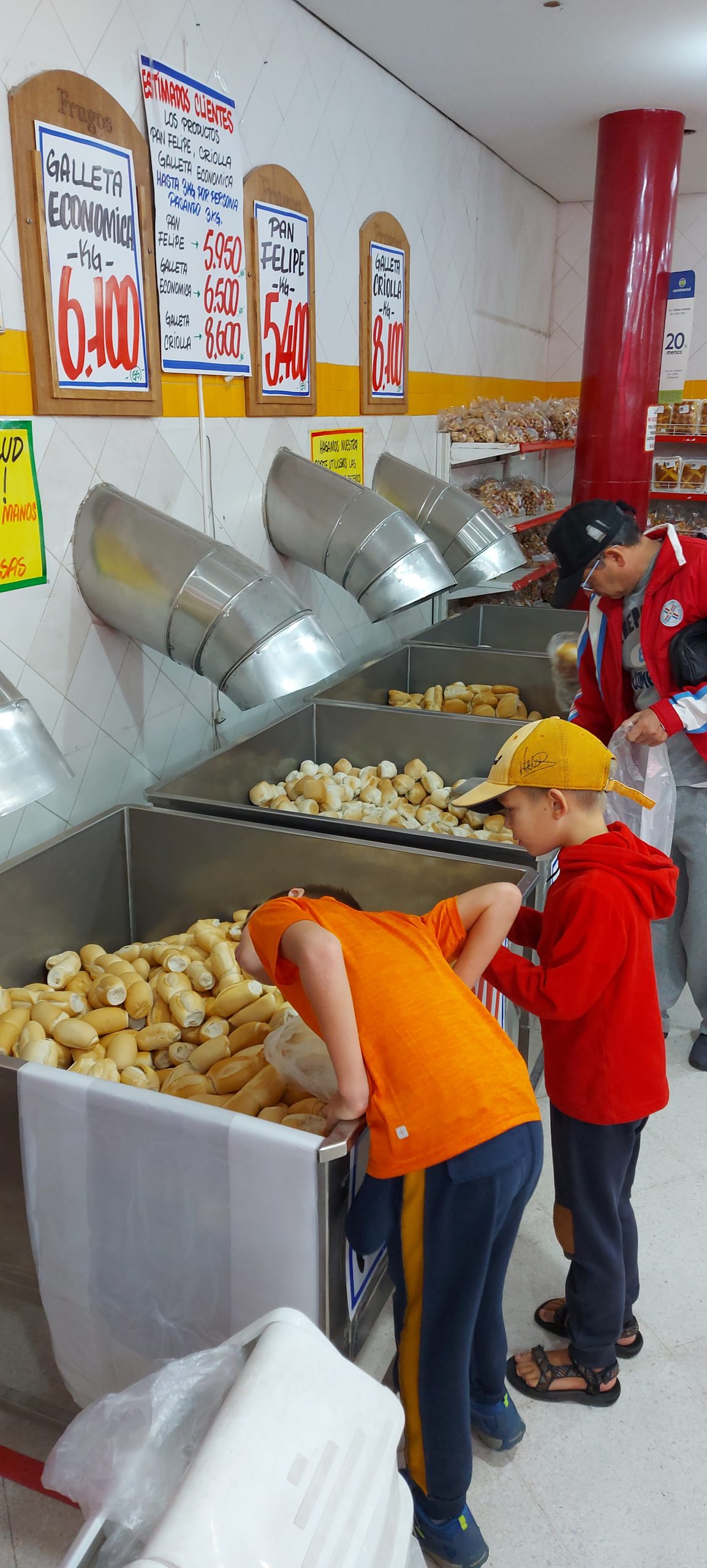
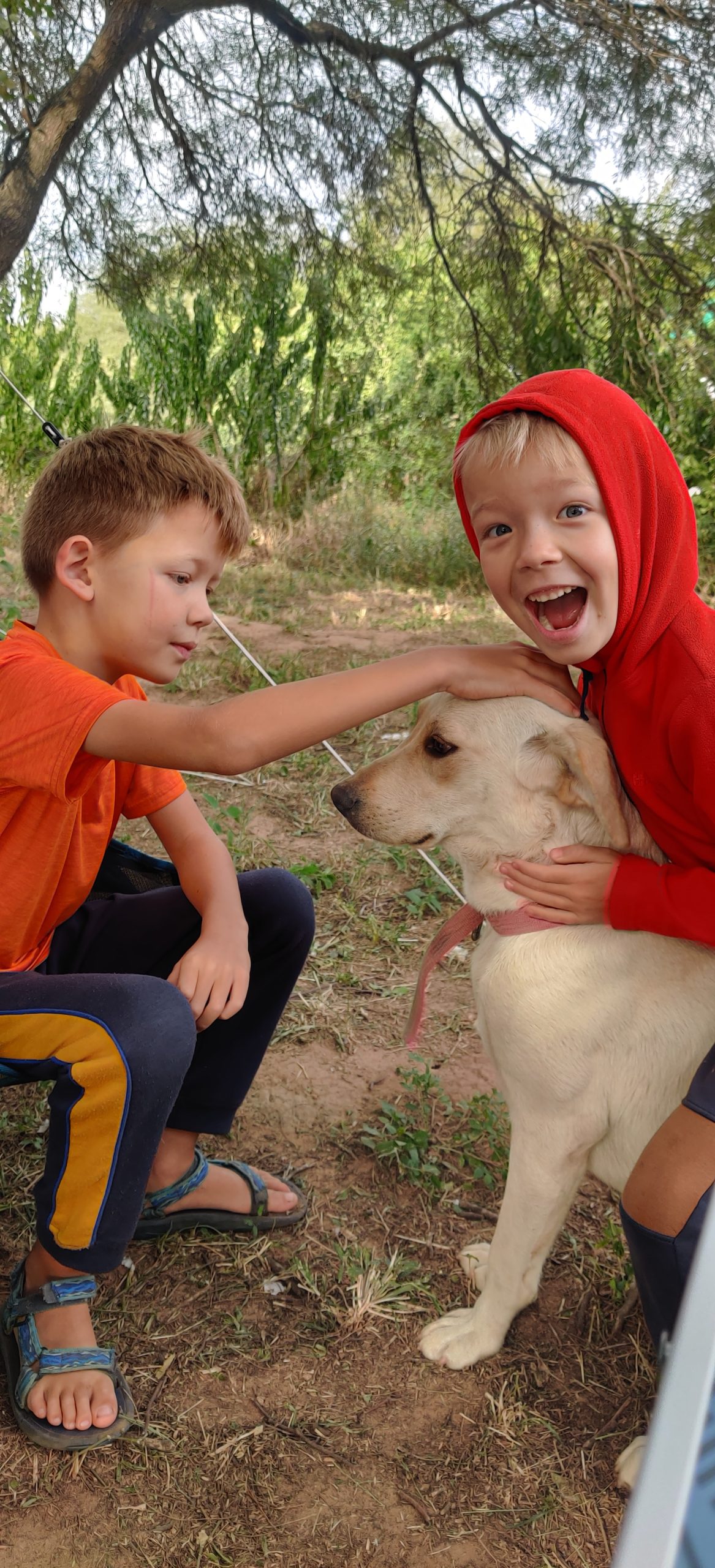
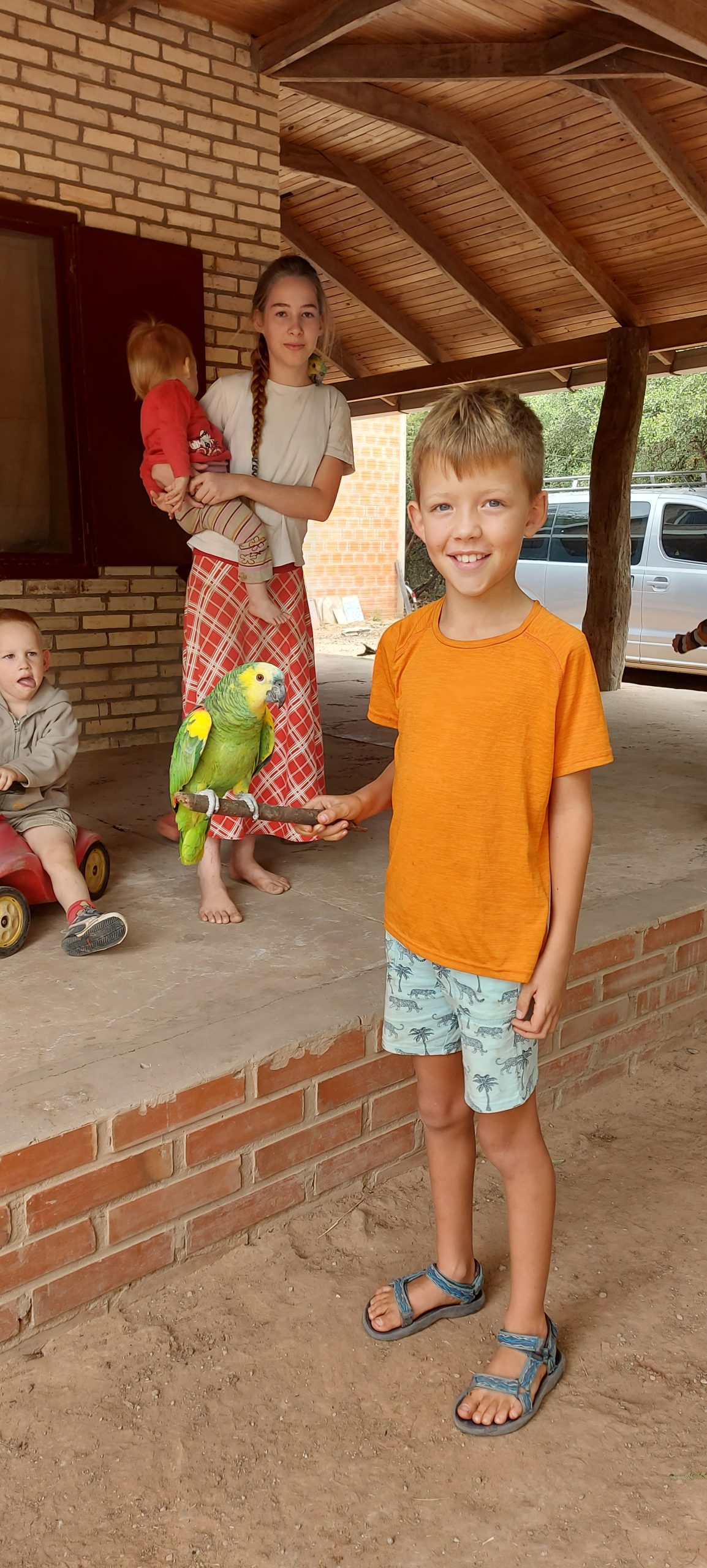
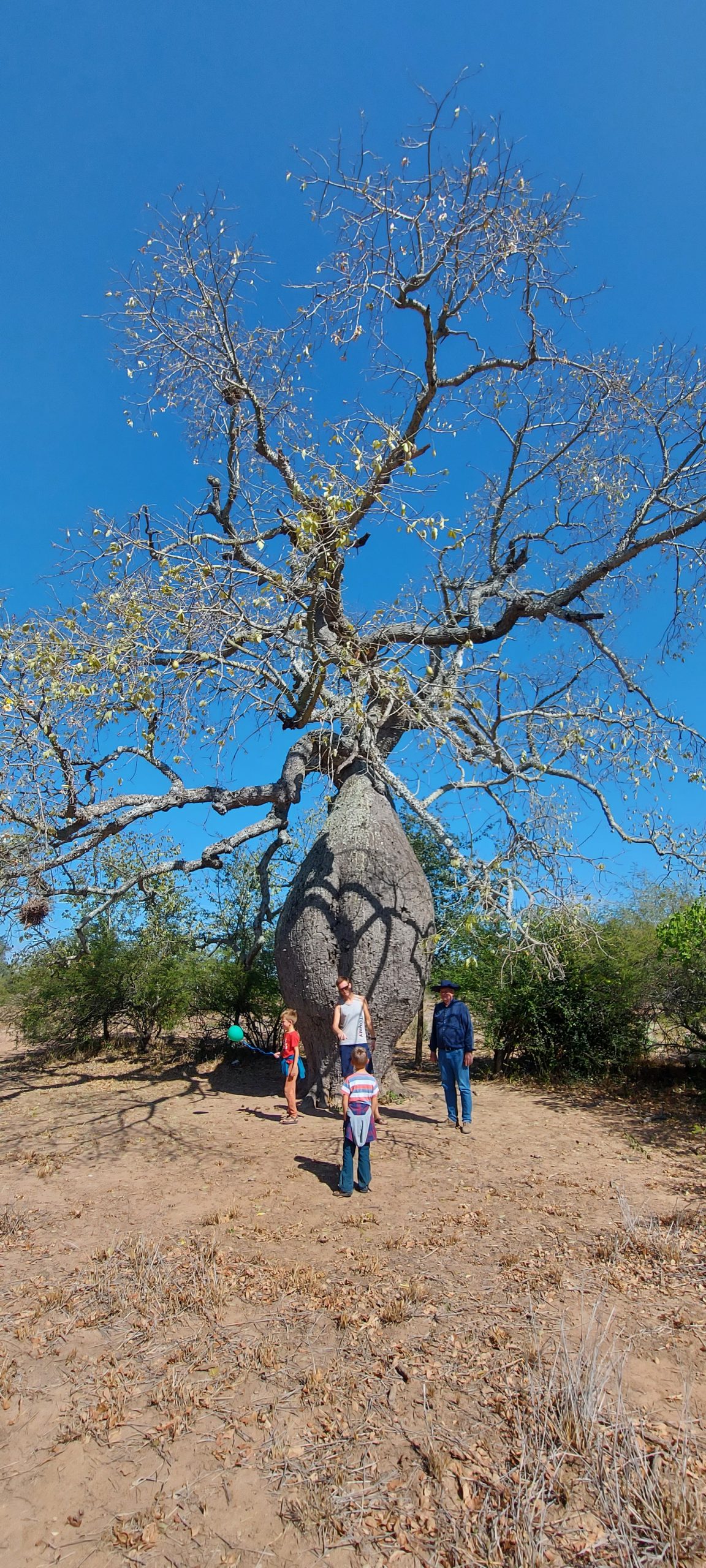
Learning about the area and the people living there we also hear about the great effort put into the roads and get confirmation that the stretch towards the Bolivian border has about 80km of damaged road, but after that is again brand new tarmac… The effort is mostly around creating a ocean to ocean highway through the different countries which does not exist currently, and the pandemic has given an extra possibility to speed up the works on the road. This means that for anybody entertaining the thought to cross the dreaded Chaco – Do it!
As we pack up our tent the next day for the very last time (we are heading into colder territory and then down south into the winter of the southern hemisphere), we say our goodbyes to the family and continue on the transChaco. Knowing the road will not be that bad we decide to take a small detour into Fortin Toledo which is a place where an important Chaco war battle was fought and a peccary conservation project is located. We run into construction work on a new to open museum (3 weeks until opening time!), and the man overseeing it is actually kind enough to give us a tour and tell us about the area and its history.
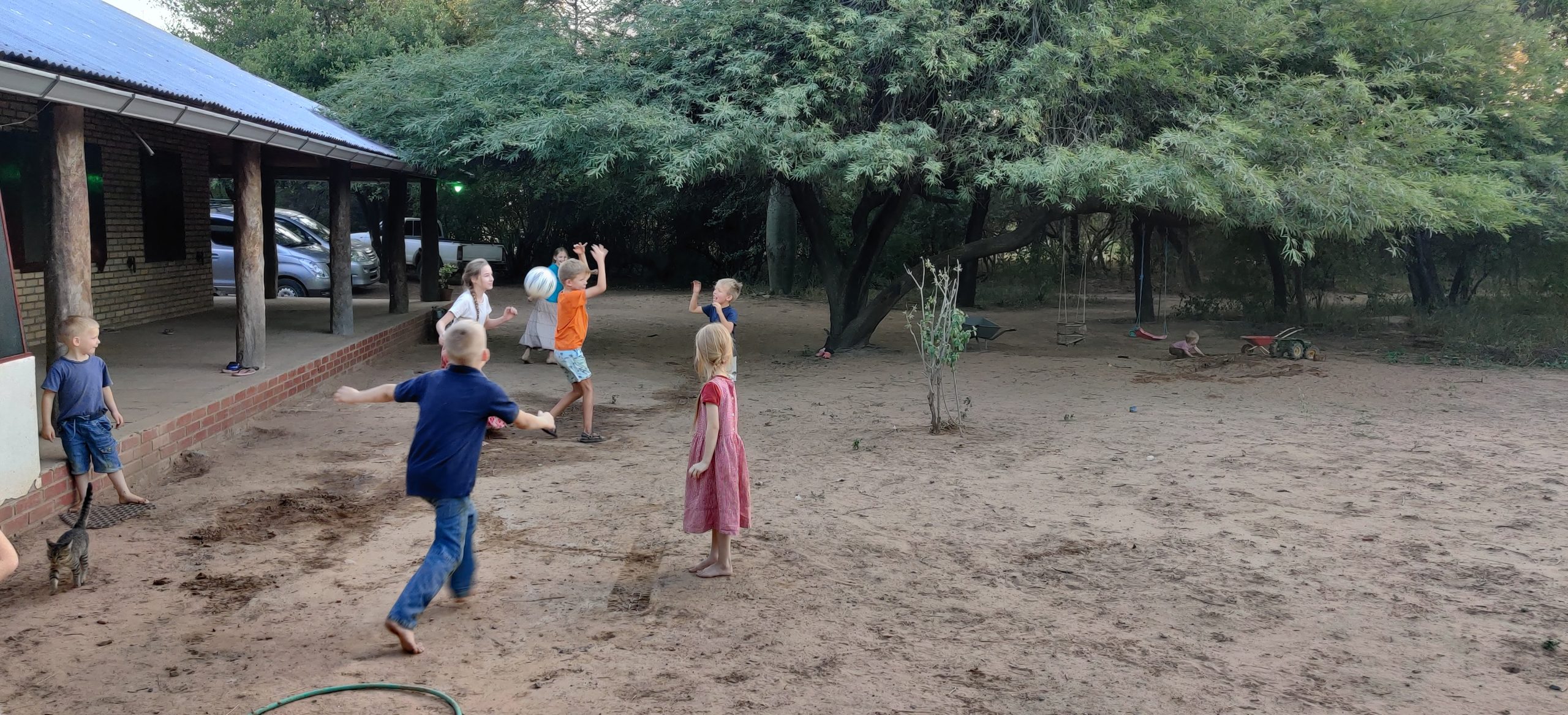
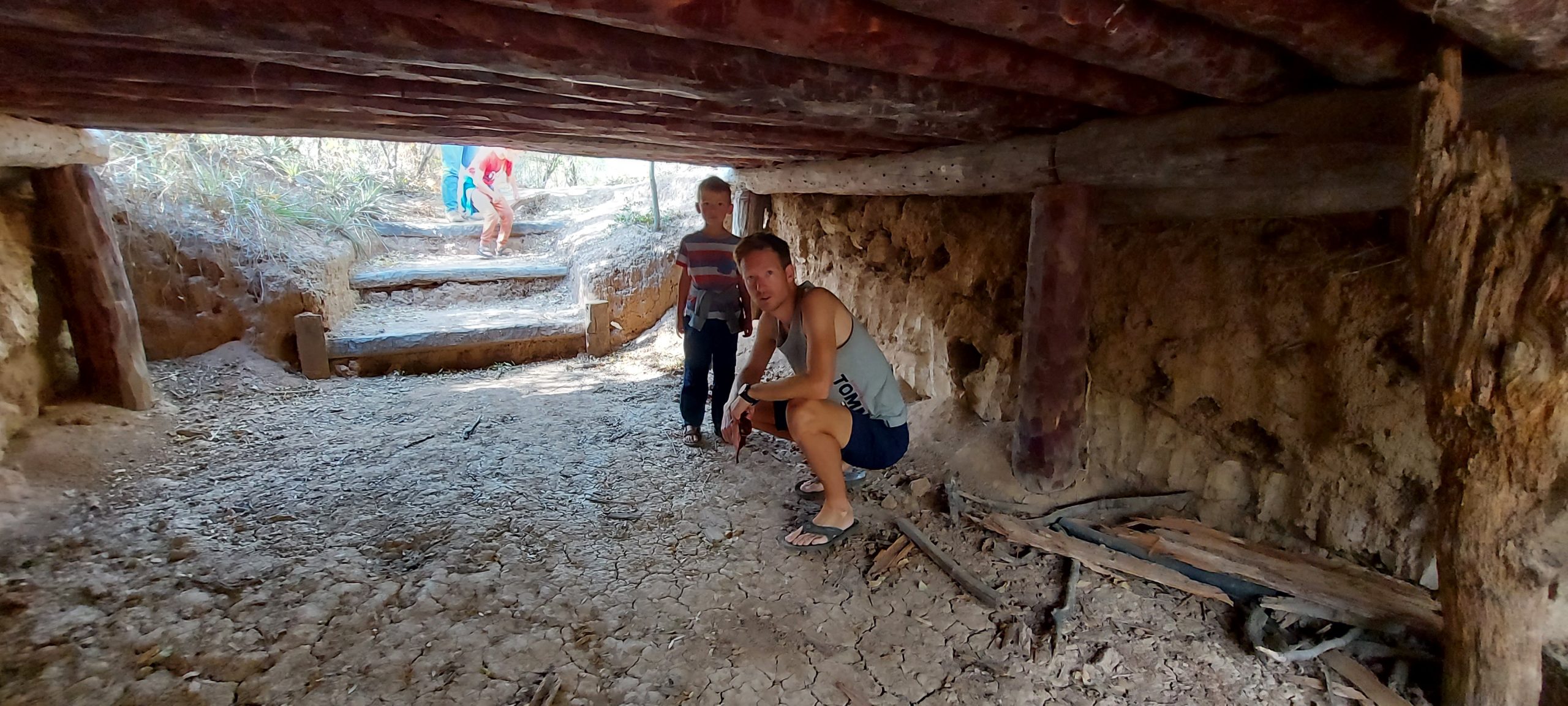
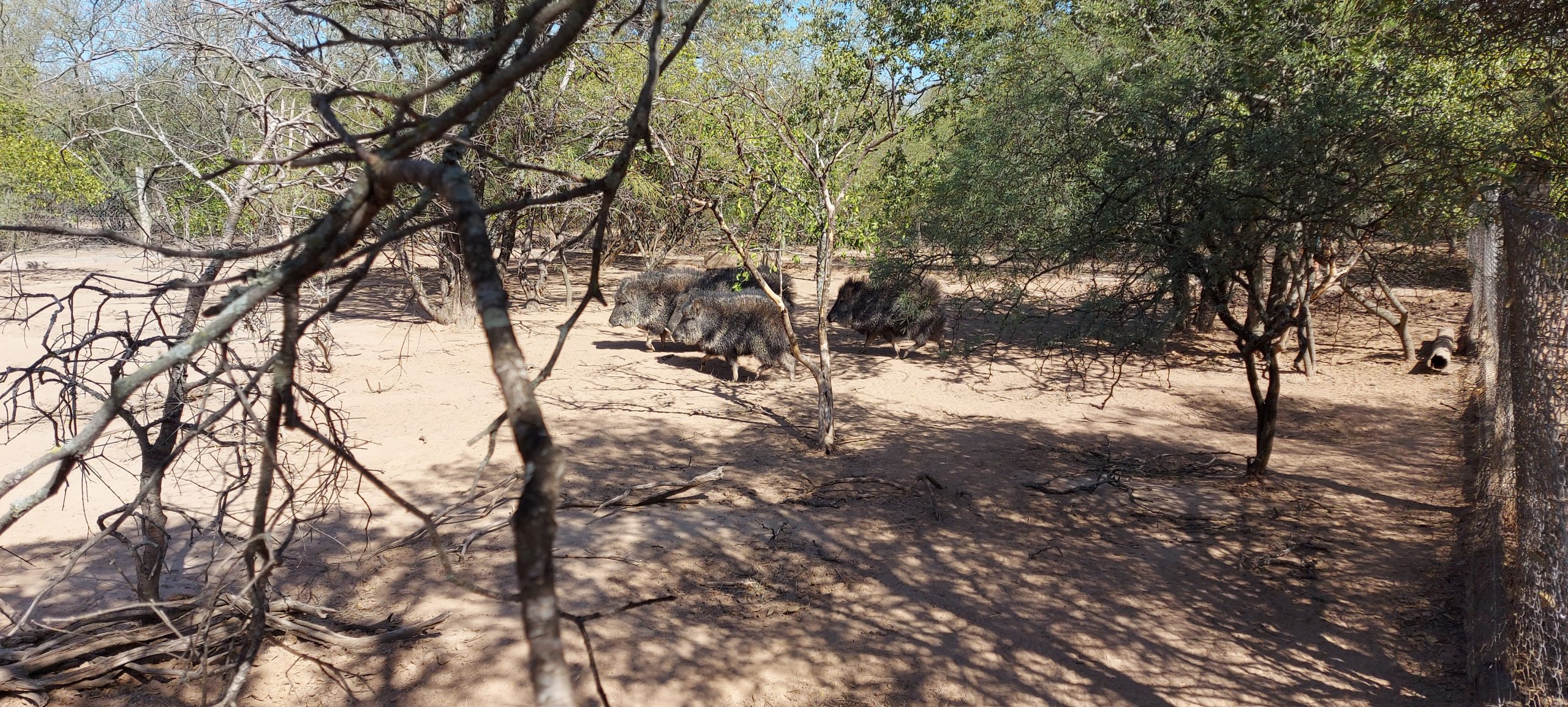
Again we are pleasantly surprised by this development, and convinced that the improved road will bring much more visitors in this direction. We share some of our ideas and suggestions with him based on the traveling we have done so far and applaud the efforts put into this. Over an hour later we say our goodbyes and head back towards the main road (which turns out to be a bit of a trespassing route through a private ranch, oops) for our drive out to the Bolivian border. Those in the know are right; the first stretch is still a bit potholed in parts but certainly not bad, and after that it is a smooth ride all the way down.
Bolivia! – Great to be back
The border crossing into Bolivia is one by the book; The immigrations of both Paraguay and Bolivia are in the same building right next to each other which is very efficient, and our TIP we only have to hand in, they will process it later. The aduana of Bolivia then takes care of our car papers 100m further down the road at the gate, with a proper explanation of the paper and its use. We then find a shady guy with a moneybelt to get rid of our guaranis, and in a little over half an hour we are on our merry ways – we made it to Bolivia!
Now all these smooth roads were of course a bit too good to be true… So we speed off, stopped twice (once by a military police stop and once by a toll booth) and then come to a grinding halt as we are detoured out into the bush away from the road on what turns out to be a 25km dirt road ‘desvia’. Thankfully we have a 4×4 so we can still keep some pace, but when the road gets narrow and big trucks throw durt and dust on you, you do leave the gas for a little bit :-). Nonetheless we make it to our overnight destination – Villamontes – late in the afternoon.
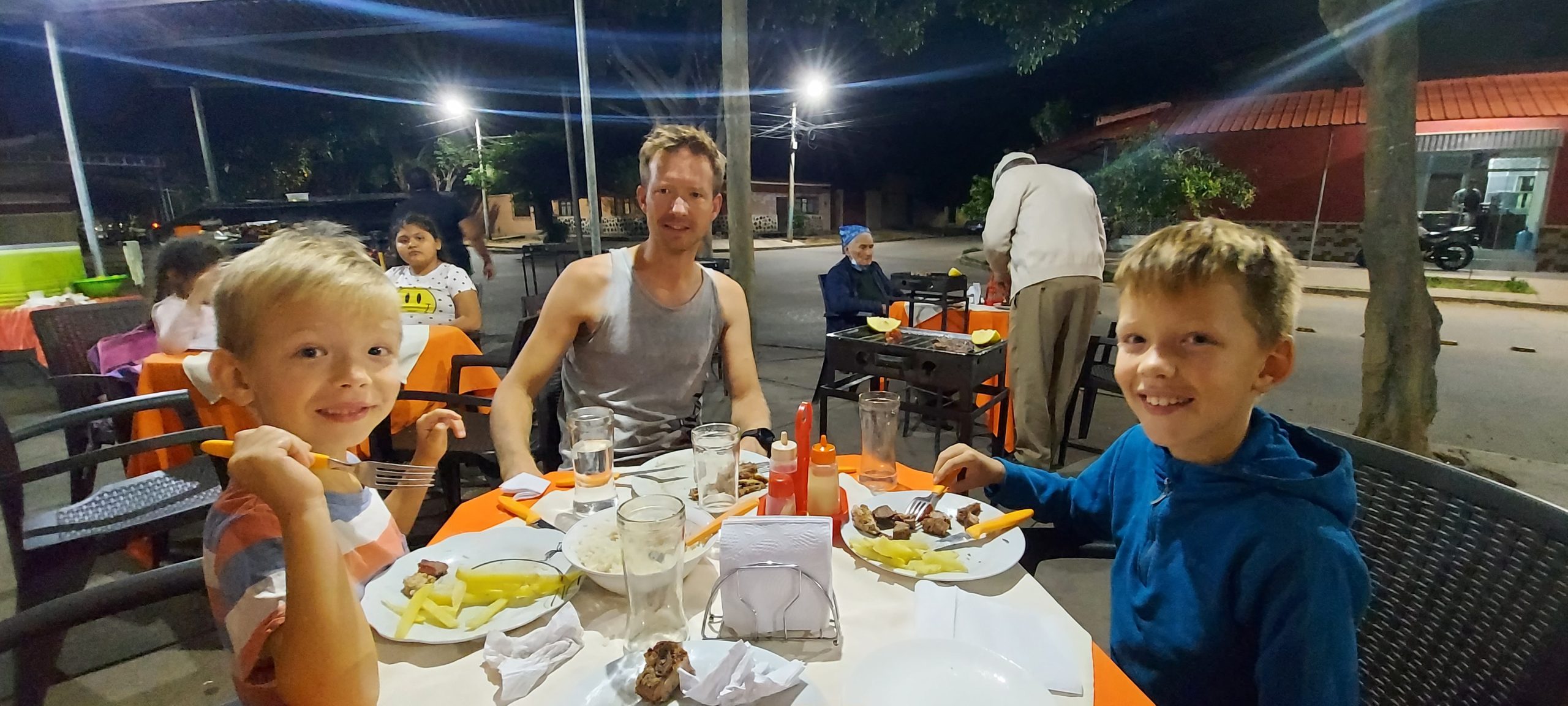
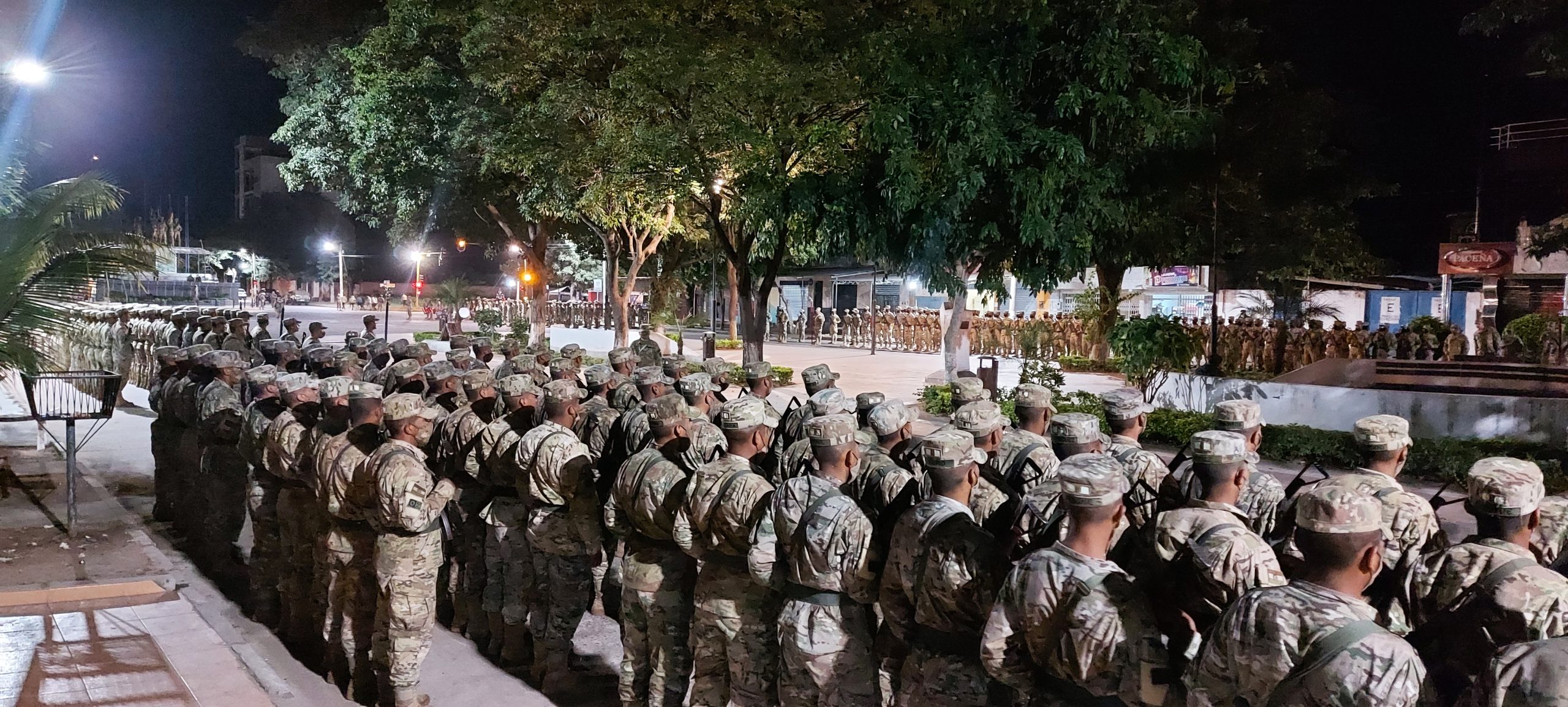
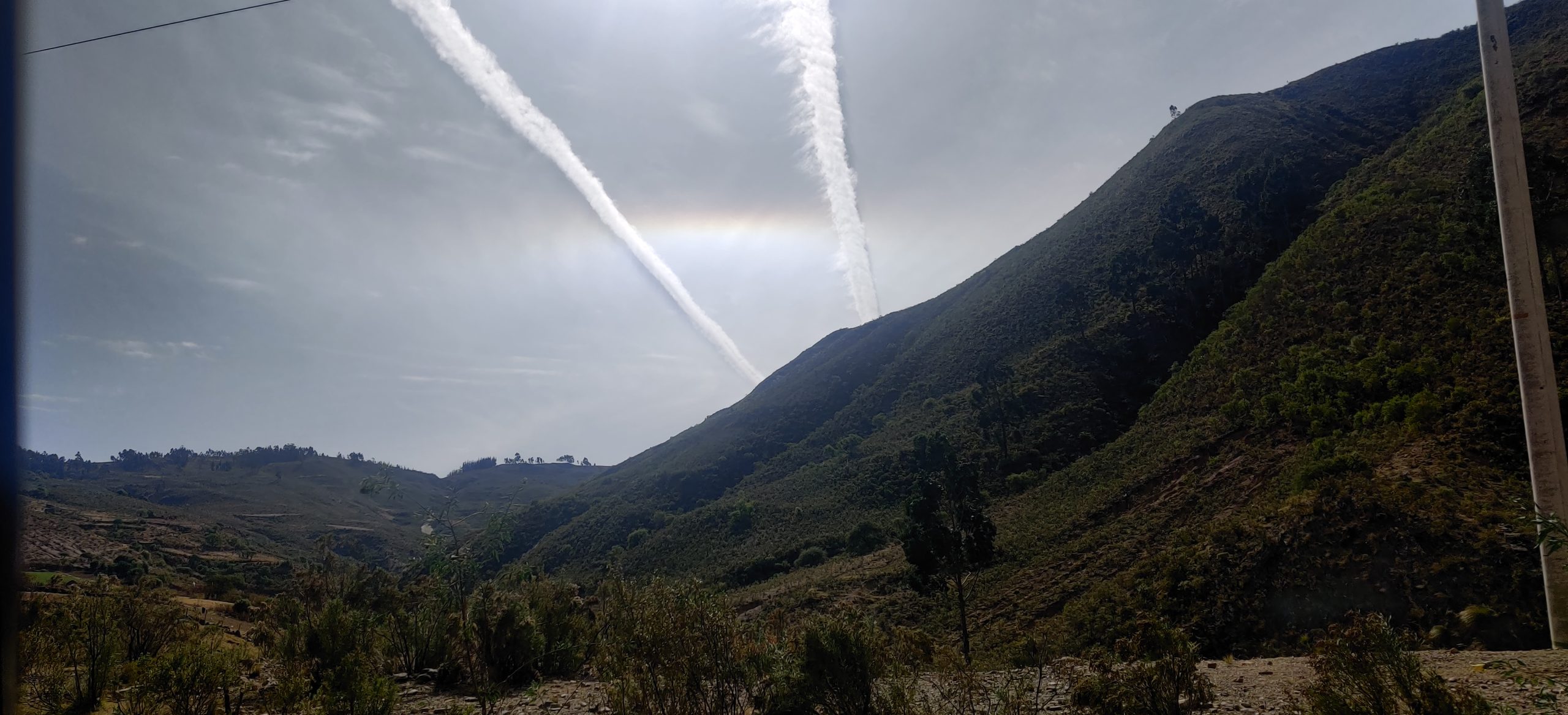
We find ourselves a place to stay, a double room with space for the air mattress of the boys on the ground, and immediately get a feel for Bolivia and its quirks. Gasoline is over 2x as expensive for foreigners than locals (to avoid cross-border fuel trafficking), very strictly monitored with cameras, so to circumvent it foreigners get their gasoline with jerrycans and a local to give their ID number. Our host immediately offers to help us get gas at local rates which is very kind, and while Sven takes care of this the rest of us go for the other challenge; how to get cash.
While Paraguay is almost fully digital, Bolivia relies heavily on cash money, so we need to make sure we have enough. Thankfully Bolivia is also very cheap (think 1 euro for 5 kilo oranges, 55 cents a liter of gasoline) so we do not need to break the bank, but finding a bank to actually give us money turns out to be tough. The first 4 we trike out, and as the boys grow HANGRY we give a 5th one a go as a final hurrah, which actually gets us MONEY!!! At ridiculous rates of course with transfer fees and all that, but at least we have money to eat and pay the accommodation. Phew….
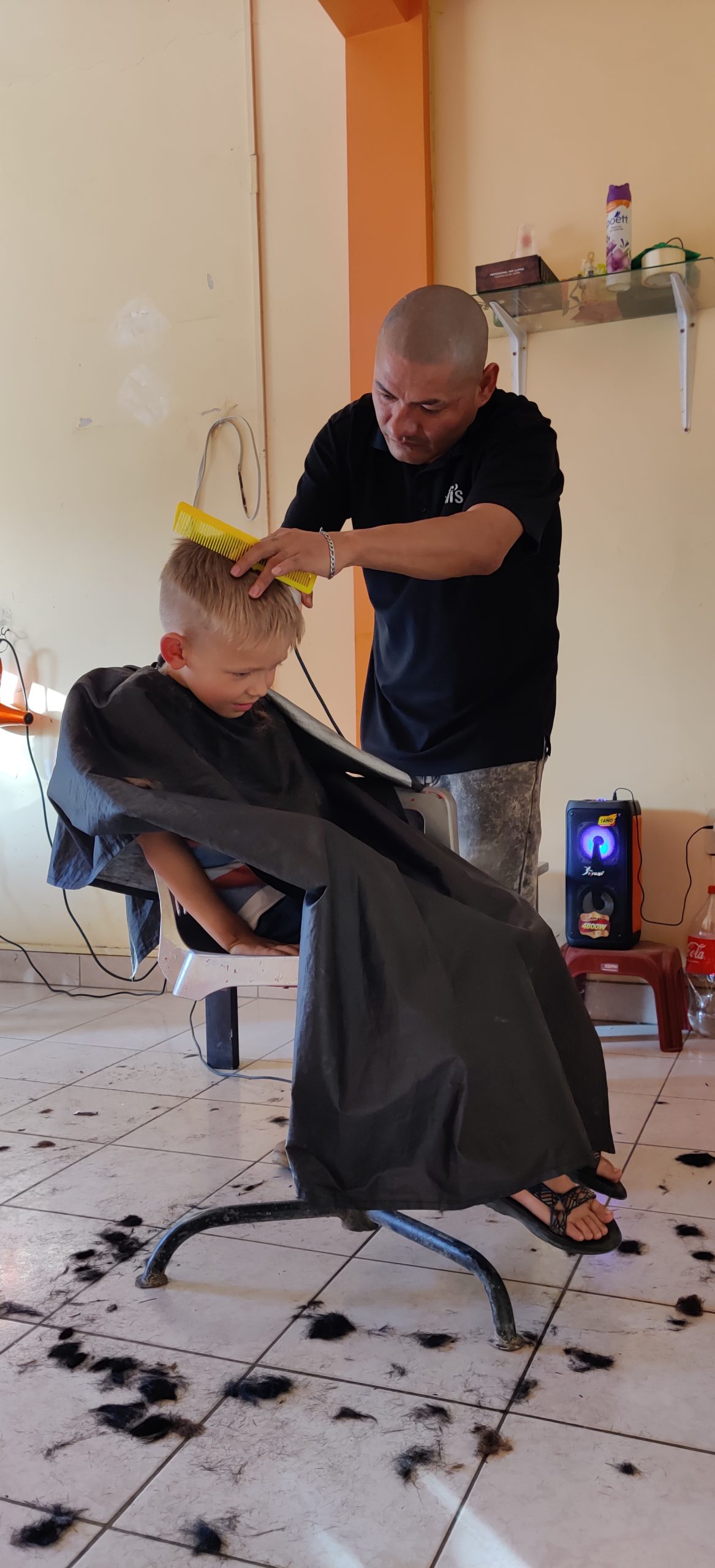
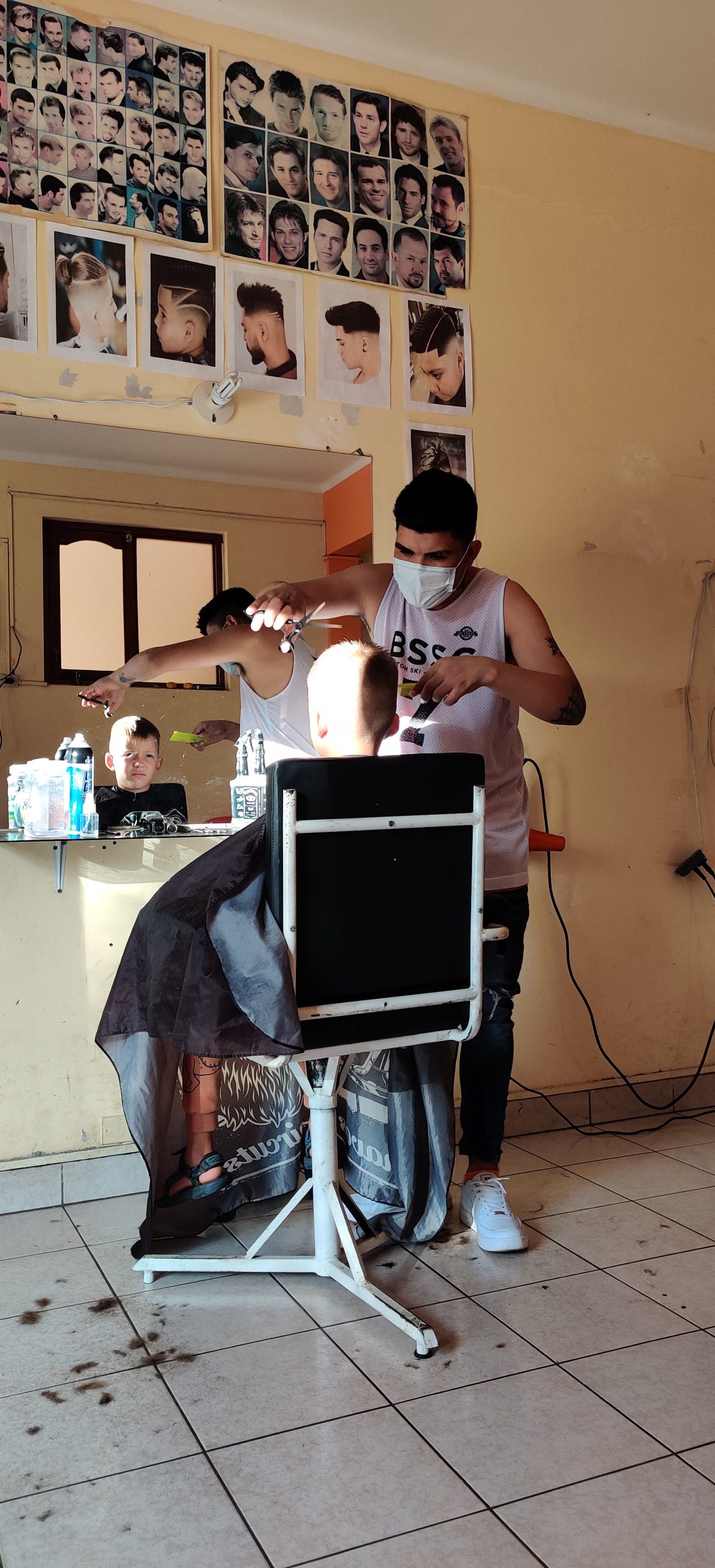
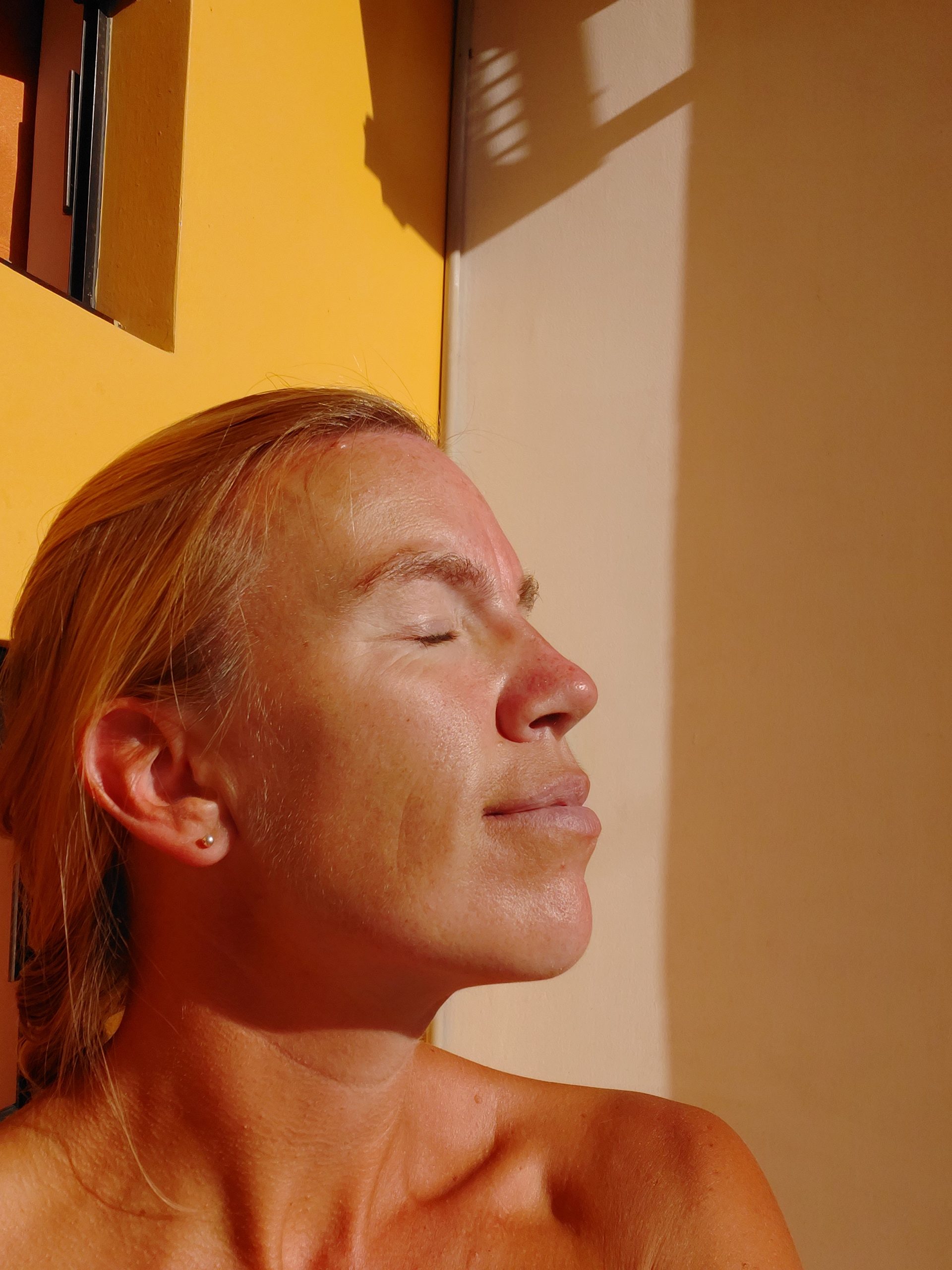
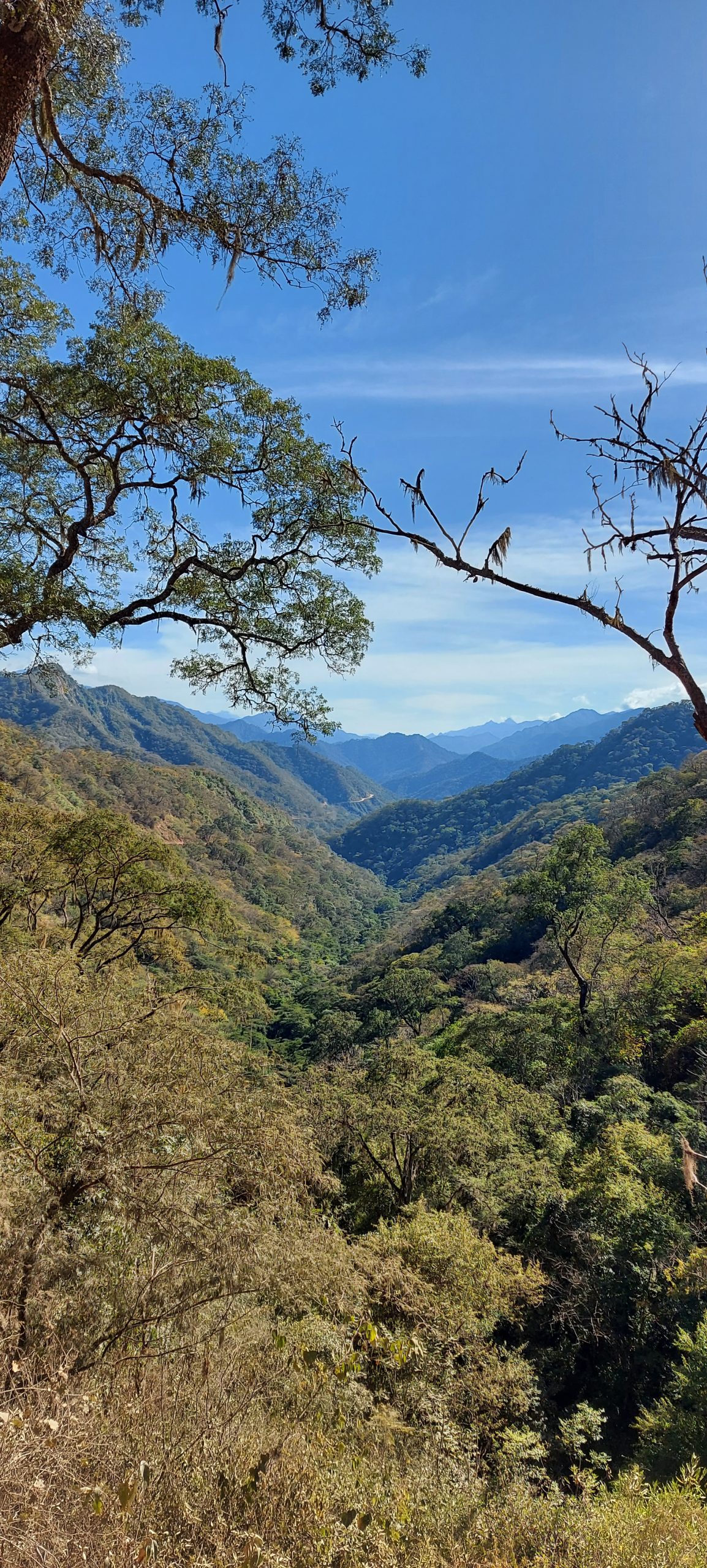
Our dinner is at a roadside parilla where we order a 2 person mixed grill from which we eat with the four of us, served at our table on a mini-grill. Getting used to new exchange rates again we are really enjoying the luxury of eating out for dinner at these rates. On our way back we run into a military parade, apparently a regional celebration of some kind (with a very bad brass section) to the excitement of the boys. Never a dull moment in Bolivia, happy to be back here!
The road to Sucre…
… is paved? Well that is the question. First heading north for 200km in the direction of Santa Cruz we get a good taste of Bolivia’s bureaucracy with several police controls stamping our TIP and asking for ‘tax’ of a few Bolivianos. The last stretch land inwards is approximately 100km climbing into the mountainous area and is according to our map a dirt road. The first part we see roadworks but get detoured alongside it over dirt, indicating to us that they are at least making an effort. Then we get a stretch of paved road right up to a new tunnel that is not finished yet, so what follows is a steep very windy dirt road across a pass, with spectacular views across the area.
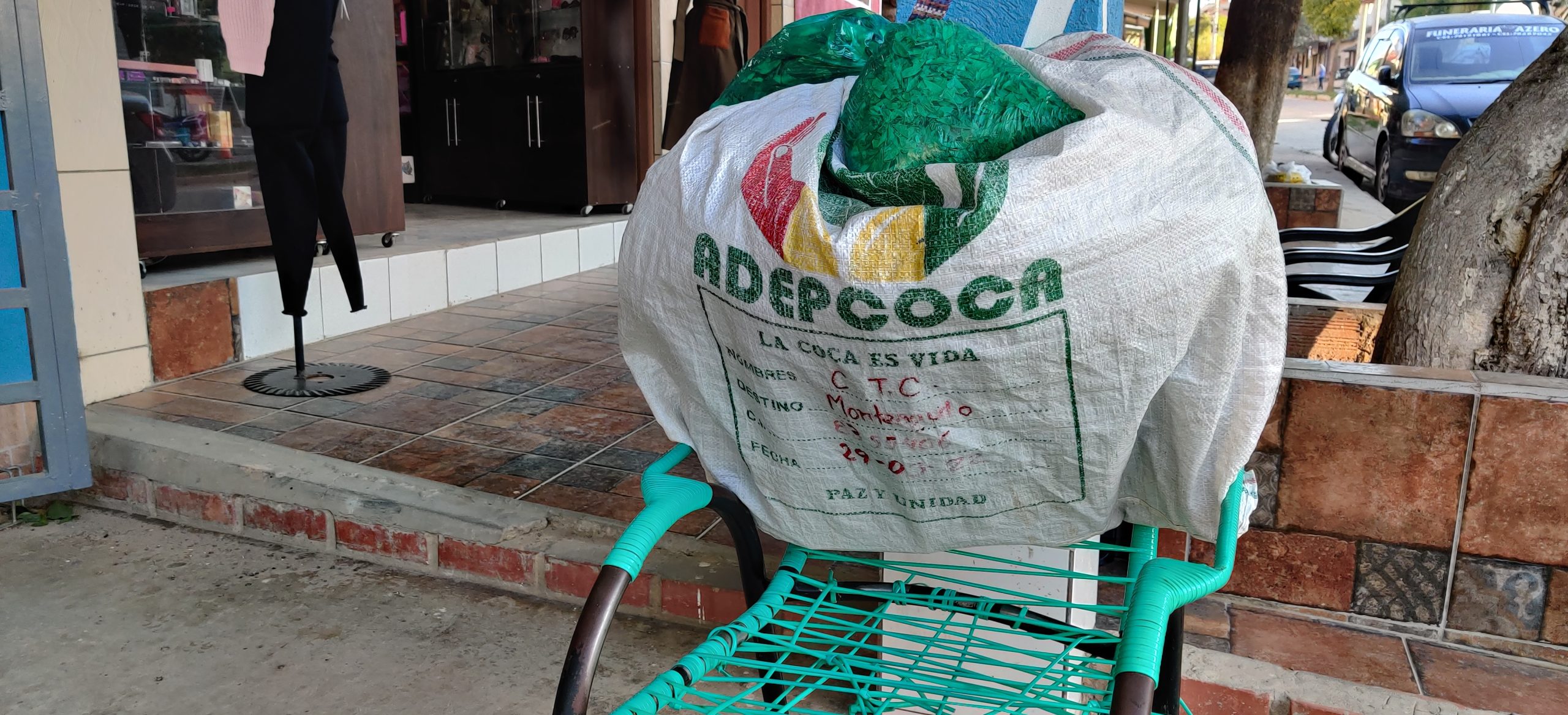

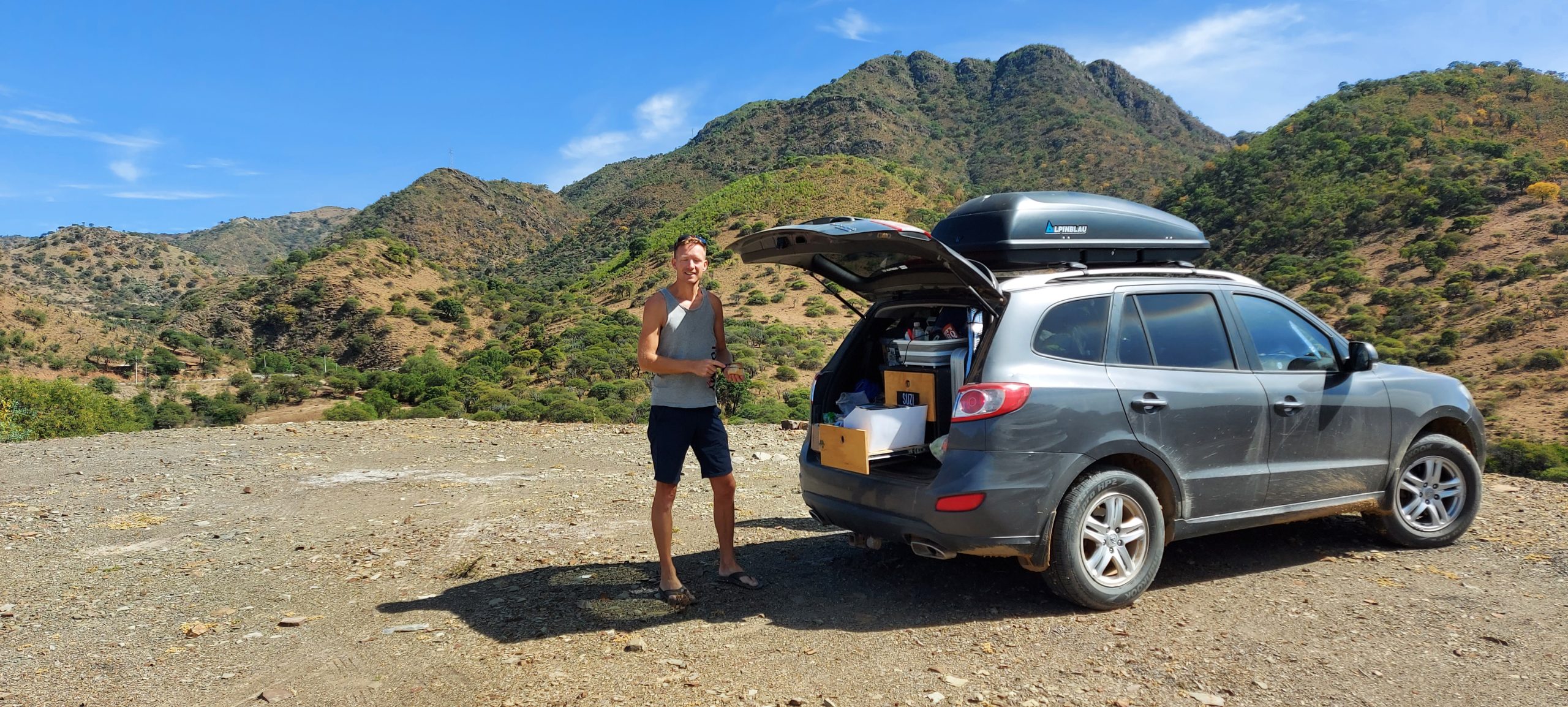
After this though, we hit a small town for lunch and then again get surprised by a 50km brand new stretch of tarmac, which seriously cuts down our travel time. Our hostal owner told us the drive from Villamontes to his place in Monteagudo would take some 6-7 hours, in reality it took us 4,5 including breaks! This means we are early at our accommodation giving us time to unwind, go to the hairdresser (the men), do some homework and sit in the sun on the balcony before getting ready for pizza. All these developments in this part of the world make a big difference in terms of traffic and opportunities. Once that tunnel is finished it would easily take another half hour of the driving time and then this road would be a viable stretch for a lot of traffic that now detours around it.
Next week: Sucre, Potosi and Uyuni – All Bolivian highlights in 1 week

